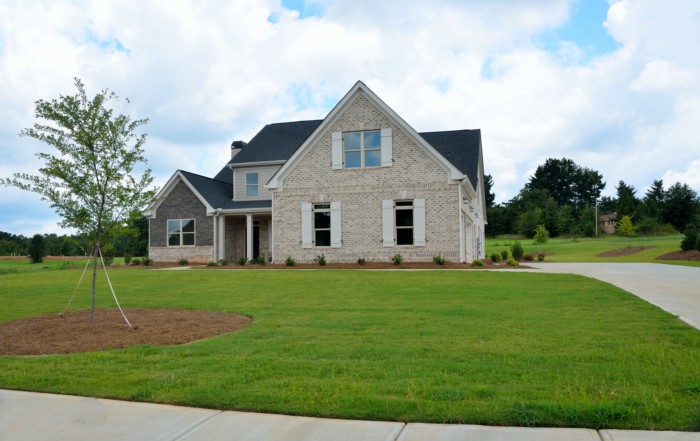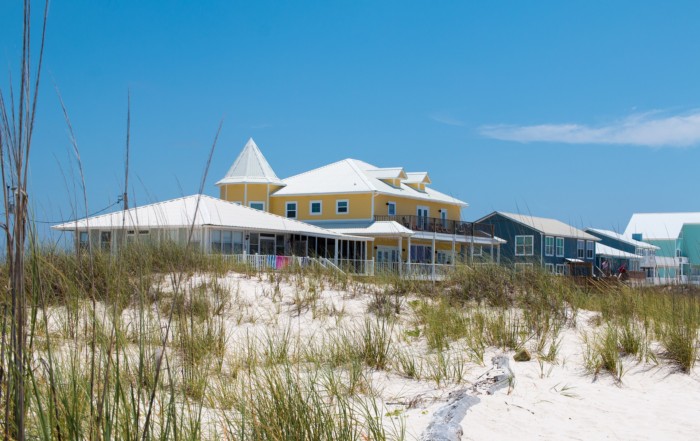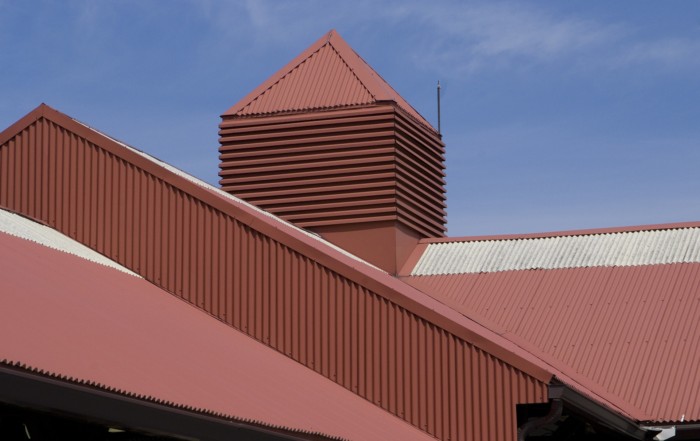Roof ventilation is an effective and easy way to improve your home’s energy efficiency, especially here in the Sarasota and South Florida climates.
Simply put, attic and roof ventilation is important to ensure that the air has somewhere to go. Stagnant air will increase in temperature, heat up the insulation, and also heat the ductwork that which is carrying cool air throughout your house.
It’s important, specifically in our sub-tropical environment, to make sure you have a well-ventilated roof space. Yes, the air will get very hot – so anything we can do to help cool it and allow the air systems to cool your home with less energy is prudent. Ventilation can also carry away moisture before it has any chance to damage the structure.
Thee are many kinds of roof vents, so understanding which is right for your home and type of roof is important.
Types of Roof Vents
- Low Profile Roof Vents: Also known as “louvered vents” these vents feature a slant-back design to guard against water intrusion, especially on a steeply-sloped roof. Installation is relatively easy on a wood or asphalt shingle roof, as most include pre-drilled holes for nailing. Low profile roof vents must be installed according to the square foot size of the attic, and are generally installed on the back roof for aesthetic purposes.
- Ridge Vents: These vents run along the entire length of the roof peak and will resemble the shingles on the roof. Ridge vents easily blend into the roofline, making them a popular choice; but more importantly, they result in a balanced air flow far better than other types of vents. Ridge vents provide roof ventilation without allowing birds or pests to intrude.
- Soffit & Gable Vents: Soffit vents run parallel to the eaves along the soffit. These vents, installed as grilles which run along the length of each soffit, work in conjunction with ridge vents to promote effective roof ventilation. Similarly, a screened gable vent is installed near the peak of a gabled roof. It permits hot air to leave the attic or fresh air to enter, depending on wind flow and temperature.
- Roof Turbine Vents: Also known as roof exhaust fans, the turbine vent may offer a few important advantages. More popular in conjunction with commercial roofing projects, turbine vents are large and include rotating fan blades which eliminate a large volume of air when wind is present. Because the air flow can be so powerful, it is critical that soffits are kept clear of attic insulation. This will permit the same amount of air entering the attic to be efficiently expelled. Aluminum turbines are preferable to prevent rust, and ball bearings require permanent lubrication and sealant.
- Electric or Solar Powered Vents: Power vents on the roof can help save on energy bills by rapidly ridding the roof space of hot air, allowing the HVAC unit to work less strenuously to cool the home down. On the downside, the electric powered models operate using electricity, and in a power outage will not work at all. Here in the Sarasota area, a solar-powered variety may be a better option, thanks to ample natural power. The effectiveness of power vents may be the most debated among all of the options; unless you have a perfectly sealed ceiling, the vent can pull air-conditioned air right out of your home.
Roof ventilation is important for every home, but due to high temperatures in our region, is critical.
Deciding on the right vents, as well as how many are needed for your size home, can be confusing. If you have any questions about replacing or augmenting your roof ventilation system, give the experts at Avery Roof Services a call. We are committed to making sure that your home is equipped with the right roof for every situation.










